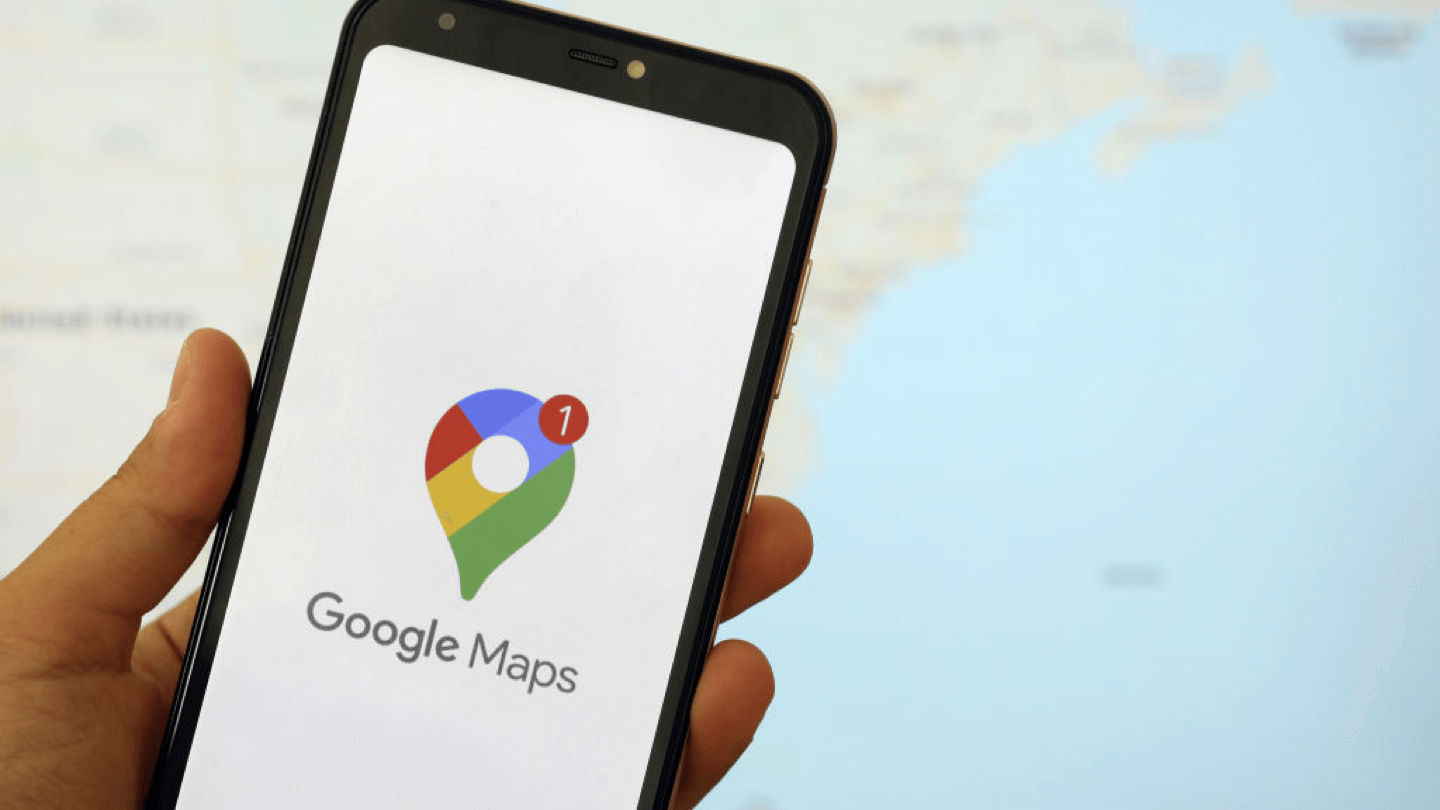If you’re on a cellphone plan with a limited data cap, using Google Maps in your car might feel like a waste of a precious resource. But in reality, Google Maps uses virtually no data compared to the other apps on your phone.
On average, Google Maps uses around 2.19MB of data for every hour you’re on the road. For comparison, Spotify uses the same amount of data to play a three-minute song. If you have a 1GB data cap, it would take you over 457 hours of driving with Google Maps to reach your limit.
Google Maps data vs. other apps
Most navigation apps don’t need to rely on your cellphone data to tell you where to go. The bulk of the heavy lifting is done by GPS satellite tracking, which is a free public service in the U.S. These apps only use data to download the maps and update them on road conditions and traffic. Here’s how some different apps you’d use in the car compare on data usage:
| App | Data used per hour | Time to 1GB |
|---|---|---|
| Waze | 0.69MB | 1,449 hours |
| Google Maps | 2.19MB | 457 hours |
| Apple Maps | 5.49MB | 182 hours |
| Pandora | 20MB | 50 hours |
| Spotify | 40MB | 25 hours |
| YouTube (HD) | 2GB | 30 minutes |
| Netflix (HD) | 3GB | 20 minutes |
As you can see, Google Maps and other navigation apps use a fraction of the data that apps like Spotify, YouTube and Netflix do. If you’re worried about operating under a low data cap, these are the ones you should look at first.
How to reduce Google Maps data
If you do want to cut back on the data used by Google Maps, it’s fairly easy to get the number close to zero. The best way to do this is by downloading maps within the app for offline use.
When you’re connected to Wi-Fi, open Google Maps and search for the location you want to download. If you’re mainly navigating in Seattle, for example, you’d want to search for the entire city. From there, tap the bottom panel to open more information about the location, then click the three dots in the upper right corner. From here, you can fine-tune the area of the map you want before downloading it for offline use.
Once your maps are downloaded, you won’t use any of your phone’s data when you’re navigating within these areas. The only difference is that you won’t get any live traffic updates.
If you don’t want to download your maps to use them offline, you can also reduce Google Maps data in settings. Go to settings, and select the option to use less data for guidance. You’ll have less detailed directions, but it will use less data. You can also limit the amount of times you refresh your map and turn off app updates to save data.

Written by:
Camryn Smith
Cammy is a writer with Allconnect, growing her broadband industry knowledge for over a year on the internet marketplace. Her expertise lies in home internet and broadband service with a focus on providers, plans…
Read more
Edited by:
Robin LaytonEditor, Broadband Content
-
Featured
![Which internet providers have data caps?]() Which internet providers have data caps? Camryn Smith — 5 min read
Which internet providers have data caps? Camryn Smith — 5 min read -
Featured
![5G is on the rise: Is this the tech that will change everything?]() 5G is on the rise: Is this the tech that will change everything? Lisa Iscrupe — 6 min read
5G is on the rise: Is this the tech that will change everything? Lisa Iscrupe — 6 min read -
Featured
![Are your smart speakers and phone spying on you 24/7?]() Are your smart speakers and phone spying on you 24/7? Taylor Gadsden — 3 min read
Are your smart speakers and phone spying on you 24/7? Taylor Gadsden — 3 min read
Latest
-
Thursday, July 25, 2024
Worried about losing your signal? This is how to keep your satellite dish cleanDavid Anders — 6 min read
-
Tuesday, July 23, 2024
The best free TV and movie streaming services 2024Camryn Smith — 5 min read
-
Tuesday, July 23, 2024
Everything you need to know about internet speedsRobin Layton — 8 min read






